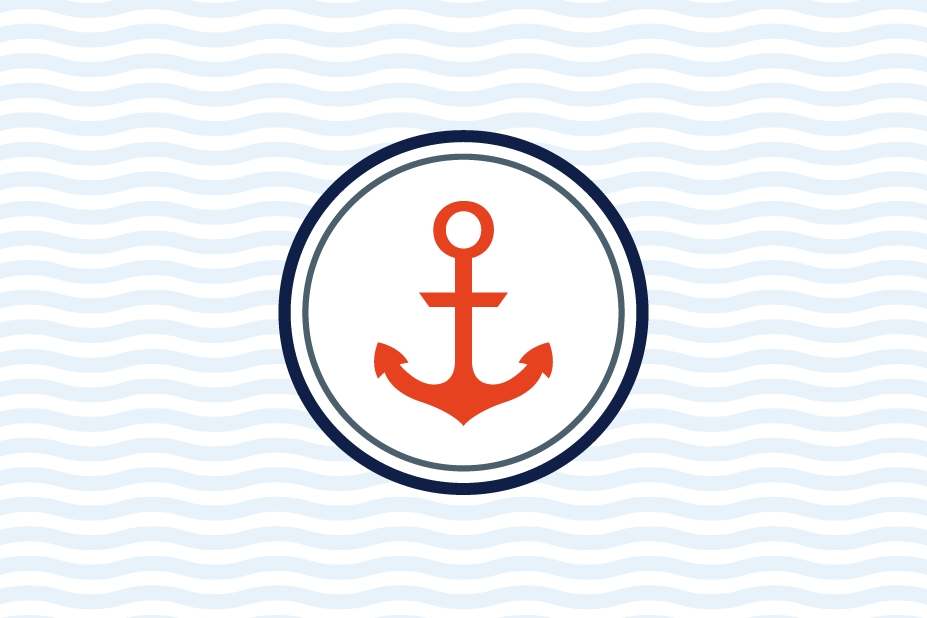No regulatory impediments to ship-based carbon capture
Ship-based carbon capture can be implemented today from the regulatory point of view, according to research conducted in EverLoNG WP5.
WP5 reviewed the existing regulatory regime applicable to SBCC. It identified the applicable safety and environmental standards and codes associated with SBCC and categorised the new technology.
“The regulatory framework exists and is currently being expanded for the implementation of ship-based carbon capture (SBCC),” says Erik Vroegrijk of project partner Lloyd’s Register, the classification society. “WP5 is all about the safety challenges of SBCC and how alternative design and arrangements fit and can be implemented on board ship.”
The authors hope with publicising the research that designers, shipyards, ship-owners and operators and reviewers obtain detailed insight in the risks associated with the technology, leading to inherently safer designs and a smooth approval process. Noting that class and regulatory approvals are beyond the scope of the project, LR as well as fellow project partners Bureau Veritas and DNV, are participating in an advisory role.
“Our main goal is to disseminate this knowledge across international bodies to really get these systems onboard safely,” says Mr Vroegrijk. “A number of Classification Societies have already published Class Rules for SBCC installations, and others are expected to follow.”
“Until then, Classification Societies and Flag States have the risk-based “alternative design” tools available to perform approval for early movers utilising requirements for similar existing ship equipment and installations”.
Based on that, it can be concluded that there are no Regulatory, Class Rules or Standard barriers to implementing ship-based carbon capture. The identified potential risks, however, need to be properly assessed and adequately addressed. The research concluded that: “The risks associated with SBCC installations are credible but well understood, with well-established safeguards and design principles available from other parts of the marine industry, such as LNG-fuelled vessels.”
“We really picked apart what these SBCC systems looked like and specifically what rules and regulations apply to them and what risks are involved with them,” says Mr Vroegrijk. “If we want to implement these systems safely on board then we not only need to follow existing rules and regulations, but also take a risk-based approach.”
There are only two new areas in terms of technologies in terms of application – CO2 recovery and solvent regeneration. “We haven’t seen these onboard ships so that’s really where the challenges lay,” he says. “But the technology has been proven in other fields, allowing us to confidently say: ‘Yes, we can do this’.”

